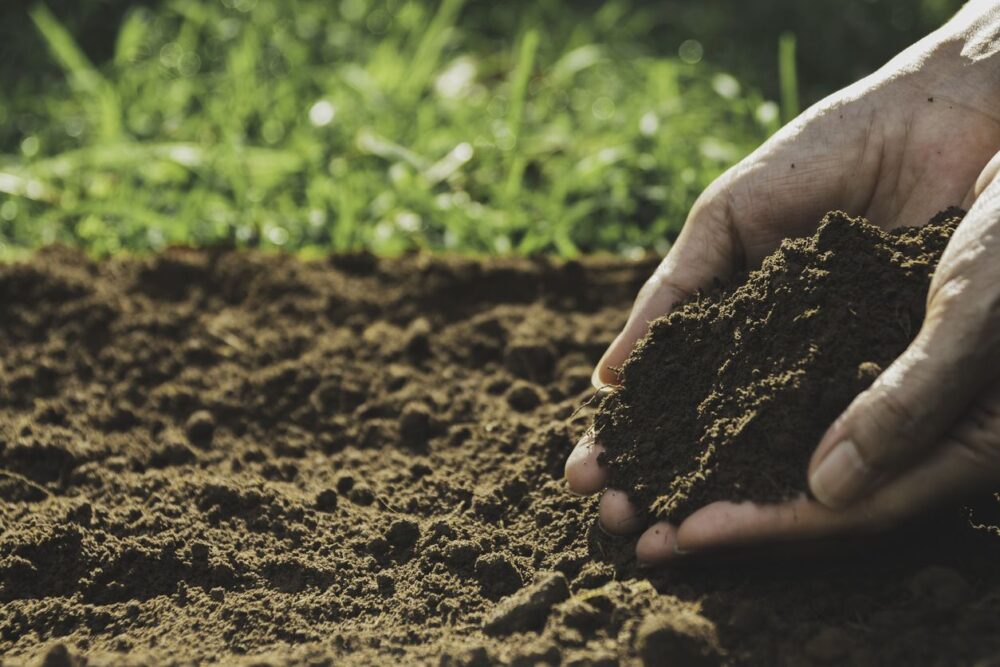- Just 1% of US farmers have signed contracts to dedicate land to carbon farming, according to the latest Ag Economy Barometer from Purdue University’s Center for Commercial Ag.
- The number of farmers in discussion with companies around carbon contracts has risen 2% since 2021.
- Farmer optimism about the future has also risen, though high interest rates and uncertainties around farm profitability remain.
Why it matters:
Farmer interest in leasing land for carbon sequestration has been “relatively consistent” since Purdue first included questions about it in 2021.
In the first quarter of 2021, roughly 7% of respondents said they were in discussions about getting paid to do carbon capture on their farms. That number increased to 9% in January 2023. Few have actually signed a contract, according Purdue — just 1%, as of January 2023.
If those numbers seem abysmally low, they aren’t terribly surprising, either. So far, carbon markets have proven more beneficial to corporates trying to offset emissions than to the farmers themselves.
These farmers may face new costs for labor or equipment required for carbon farming practices, as well as the time investment in gathering and presenting the necessary data; frequently, the cost outweighs the benefits. Carbon farming practices like no-till and cover cropping also involve operational changes on the farm.
In a recent editorial for AFN, Ag Management Partners’ Ben Palen laid out in plain terms some of the hurdles farmers face when it comes to carbon farming. Those include low payments per acre, which don’t justify the expense, as well as vague contracts, ill-defined rules, and too much paperwork.
Also, improving soil carbon levels takes time. “It can be a big ask to convince a farmer to change practices in exchange for a ‘reward’ that may take a decade, or more, to attain,” Palen wrote.
Purdue’s CME Group noted that farmers in the US continue to express interest in carbon contracts. Based on the data, however, it will be a long time before we see the number of farmers signing contracts hit double digits.
In a Barometer from October 2022, 57% of farmers were planting cover crops; just 5% of those were doing it to sequester carbon.
Purdue’s Ag Economy Barometer calculates data each month from 400 U.S. agricultural producers’ responses to a telephone survey. Besides individual areas like carbon, the Barometer gauges overall farmer confidence about the future. This was up four points in January 2023.




